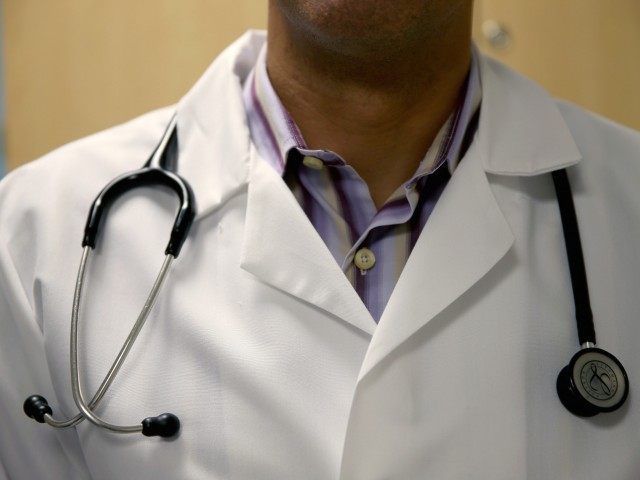A new Gallup/Sharecare poll shows that two million more Americans are without insurance this year, with the number of uninsured rising to 11.7 percent in the second quarter of 2017, up from 10.9 percent in the second quarter of 2016.
The poll stated that 10.9 percent uninsured was a record low over the period from 2008 to 2017.
The story about the poll also noted that the highest percentage of uninsured Americans was in 2013 — at 18 percent — before the Obamacare insurance exchanges opened.
However, also starting in 2014, people who did not buy health insurance faced penalties enforced by the IRS.
“Several marketplace factors could be contributing to the uptick in the uninsured rate since the second half of 2016. Rising insurance premiums could be causing some Americans to forgo insurance, especially those who fail to qualify for federal subsidies,” the pool article stated. “Furthermore, some insurance companies are leaving the ACA marketplace, and the lack of competition could be driving up the cost of plans for consumers.”
The article also stated that “uncertainity” about the future of Obamacare could be a factor as Republicans work this week to put in place legislation that will undo parts of the law.
“Uncertainty surrounding the healthcare law also may be driving the increase,” the article stated. “President Donald Trump’s executive order permitting agencies to waive or delay provisions that ‘impose a fiscal burden’ on individuals, as well as the prospect of a new healthcare law may be causing consumers to question whether the penalty for not having insurance will be enforced.”
The poll also found that the uninsured rate has risen 1.9 points among individuals who are 18 to 25 years old and 1.5 points for those who are 26 to 34 years old since the end of 2016, noting that some people may decide paying a fee to the IRS is less costly than health insurance.
The article on the poll also noted that the success of government-run health care relies on redistribution of financial responsibility for one’s healthcare costs from individuals to healthy young people subsidizing the cost of health care for older people and for unhealthy younger people through higher premiums.
“Young adults represent a critical demographic in a robust healthcare market, since their premiums help offset the higher costs of older Americans who typically use more medical services,” the article stated.
The Associated Press (AP) reported on Monday that Senate Majority Leader Mitch McConnell (R-KY) “is seen as a master legislative strategist, but there’s no sign he’s secured enough votes to pass a bill.”
Only two of the 52 lawmakers needed to pass the Senate’s Better Care Reconciliation Act of 2017 can vote against it to ensure the bill reaches President Donald Trump’s desk.
AP also noted that the Congressional Budget Office (CBO) estimated that at least 22 million more people would become uninsured under the Republican legislation, even if the CBO’s predictions about Obamacare did not turn out to be accurate.
Gallup noted that results for the second quarter of 2017 are based on 45,087 interviews with U.S. adults aged 18 and older from April 1 to June 30, conducted as part of the Gallup-Sharecare Well-Being Index.

COMMENTS
Please let us know if you're having issues with commenting.